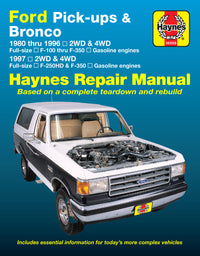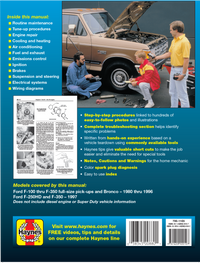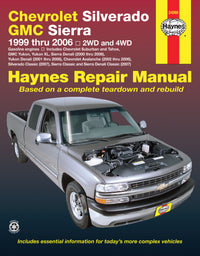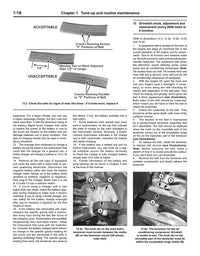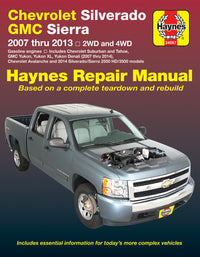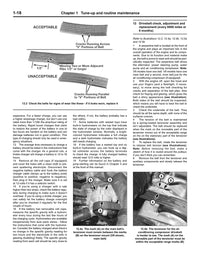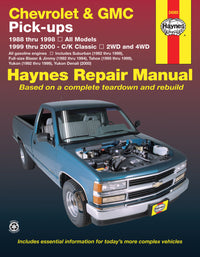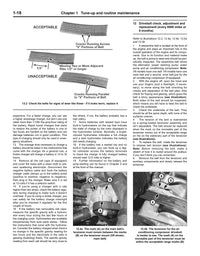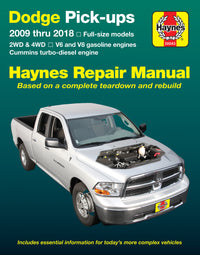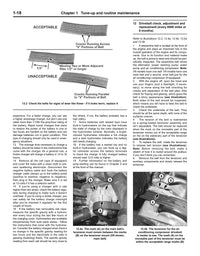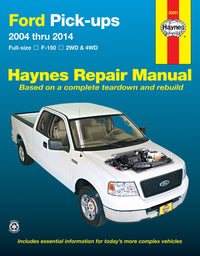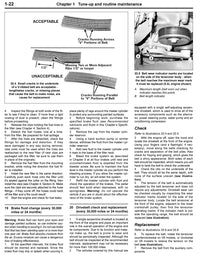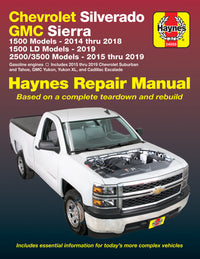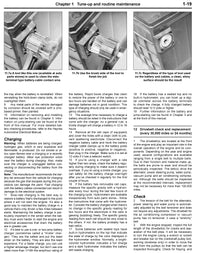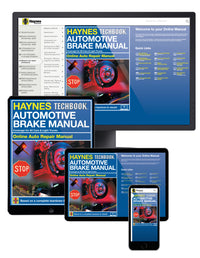Halloween has come and gone, the leaves are changing, and the clocks have already changed - this is the perfect time to give your car a once over and make sure it is ready for the shorter days, colder temperatures, and increased precipitation that comes with the change of seasons. Your Haynes manual always lists periodic maintenance tasks that need to be taken care of every so often, or so many miles, but there are other things you should check or change on your car based on the calendar date alone, no matter how many miles or how long it has been.
-
Change Your Wiper Blades - You may not have had to use your wiper for months, except for the occasional spritz of the windshield washers, but that doesn't mean they are still is good shape. Summer sun and the heat coming up from the engine ages the rubber of the wiper blades more than using them does. They will need to be replaced at least once a year if you want to see clearly when the rains come, and after the long hot summer is the best time to do it. If you live up north, where snow and ice is an issue, there are winter specific blades designed to not get clogged and stay flexible at low temperature. Here's how to change them. Changing the blades is a 10 minute job at most and typically requires no tools.
- Clean Your Windows - Sure, you probably keep your car fairly clean, or at lease squeegee the windows occasionally when you fill up the tank, but when was the last time you cleaned the inside of the windows? All the plastics in modern cars is constantly releasing chemicals as it ages which leaves a film on the inside of the windows, and if you smoke in the car, it can get even worse. With the sun setting sooner, and the days getting sorter, you'll be driving at night more, and this hazy film can make the view outside full of glare. You may not think there is much on your window, but try cleaning half of it only, then see the difference between the two sides. Cleaning the inside of your windows is a 15 minute job and requires just paper towels and glass cleaner.

-
Check Your Lights - The shorter days means it is more important than ever to have all your vehicles lights functioning. You typically know immediately when a headlight goes out, but what about your brake lights? The easiest way to check everything is with the help of a friend. Turn the key to on (but don't start the motor) and have them step on the brake, turn on the taillights, activate each turn signal in turn, and turn on the high and low beam headlights; meanwhile, you'll walk around the car and make sure everything is working properly. If your headlights are cloudy and dull, now is a good time to dedicate a weekend to making them like new again, here's how. Changing a blown out bulb is usually an easy task, though on some cars it can require tools and considerable time.
-
Check Your Tires - If you've got all season radials, and don't live in the heavy snow belt, chances are you aren't going to change to snow tires, but you still need to inspect the tires. You can expect a lot more rain, snow, ice, and other winter weather conditions in the near future, so be sure your current tires have plenty of tread life left. The minimum amount of tread you want is going to be just enough to reach George Washington's head, if you put the edge of a quarter in the gap between the tread. Remember, the tires aren't going to get any better with time, and now is the best time of the year to replace them. Spending a couple hundred dollars on tires is a good investment because it can mean getting to work on time all winter, and possibly not spinning off the road into a ditch. At the very least, now is a good time to rotate your tires, and make sure they are inflated to the correct pressure for lower winter temps. Checking the tires is quick and easy and requires just a quarter and a pressure gauge, replacing them should only be about an hour if you make an appointment ahead of time with the tire shop.
- Check the Heater/Defroster - The hardest thing to fix, if it isn't working, is going to be the heater/defroster system. With cold damp weather coming, and possibly frost and ice, you are going to need to be able to direct hot dry air at the windshield, and at the occupants of the car. Something as simple as a stuck opened engine thermostat, or a blend door that doesn't work properly can mean little to no heat. If you have to replace a heater core or blower motor it is a lot more time consuming, but not necessarily expensive. We wrote a more in depth look at climate control issues here: Why is My Heater Not Working? Depending on the problem, this can be several hours to an all day job, and require many tools. Your Haynes Manual will have details.

